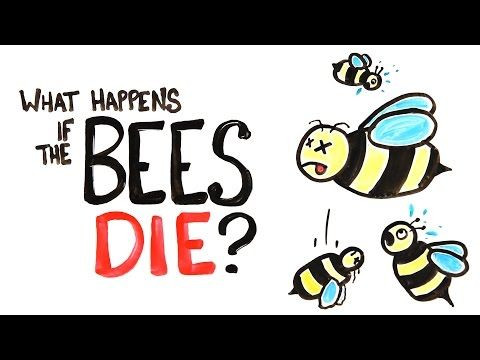Honey Bees Are Vital To Our Way Of Life; What Would Happen If They All Die

Between their buzzing sounds, sharp stinger, and the fact they’re insects, it’s easy to find a reason to run away from bees. Then there are some people who kill them if they get the chance.
You might have noticed over the past two or three years that there haven’t been as many flying around during the summer. No, it’s not because of those people on the streets killing them, but rather because of a number of other factors including pests, pesticides, fungus, and other factors. There’s also a mysterious problem affecting hives across the country called Colony Collapse Disorder, which is characterized by a colony containing only the queen and immature bees — all the adult bees are dead and missing.
It might seem like no big deal all the bees have been dying — in 2006, beekeepers were reporting losses of 30 to 90 percent of their hives — but we really need bees to support our own lives. They’re a crucial part of the food chain, pollinating over $15 billion in crops each year, or about one in three mouthfuls from our diets. That’s a lot of food, and it includes fruits, like apples and oranges; vegetables, berries, and tree nuts. In fact, bees are entirely responsible for almond pollination.
“There is an important link between the health of American agriculture and the health of our honeybees for our country’s long-term agricultural productivity,” said Kathleen Merrigan, agriculture deputy secretary for the U.S. Department of Agriculture, in a 2012 report.
You can learn more about how important bees are by checking out ASAP Science’s video above.



























